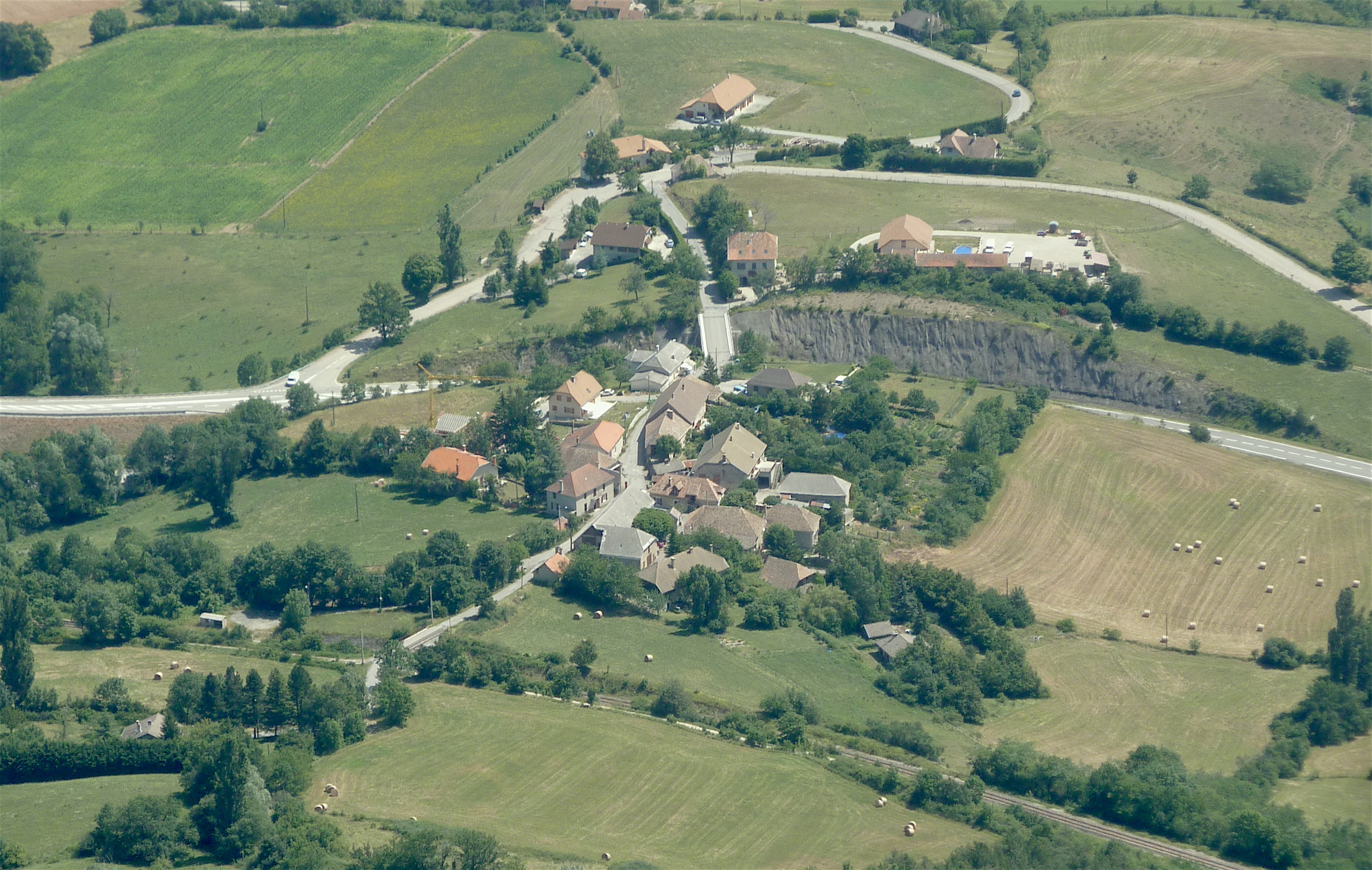Background and issues
European farming is not sustainable in the medium term. From a technical and socio-economic point of view, its evolution is locked in to a pathway that has and will have major environmental and socio-economic impacts within and outside EU borders, in both rural and urban communities.
 Trièves, 2010 © DR
Trièves, 2010 © DR
The current calls for agroecology at different levels —UN, EU, Member States, local — are set against this backdrop. Greater efficiency in the use of inputs, based on the mobilisation of more ecological auxiliaries to replacd fertilisers and pesticides — in other words the technical basis of agroecology — ,appears as a key goal for many stakeholders. Agroecology employs a wide range of technologies combining crops, livestock, pastures and landscapes and involves practices that can only be fully designed at the farm and local levels. Based on a robust understanding of ecological processes and rooted in the diversity of agrarian and food systems, agroecology is seen as particularly well equipped to address future challenges and transitions. It is, however, important to determine:
- to what extent a broad agroecological transition could meet European demands for food, fibre and fuel;
- under which conditions – social, economic and political – a large scale agroecological transition could be achieved throughout Europe.
Objectives
In this context, the objectives of TYFA are twofold:
- To develop a radical – yet plausible, coherent and scientifically sound – scenario for an agroecological transition in Europe in order to identify whether, and under which conditions, such a transition could take place. The scenario will be made up of two components:
- First, the need to develop a coherent picture of the European food system by 2050 from an agronomic point of view – in other words, the combination of farming systems and the resulting land-use, consistent with agroecological principles – along with a series of hypotheses regarding diets, food chain organisation and the policy framework that are necessary for the scenario to be coherent.
- Second, this picture of 2050 needs to be accompanied by a description of transition pathways, indicating the main tools but also the obstacles to overcome for this picture to become possible and real, considering the present situation.
- First, the need to develop a coherent picture of the European food system by 2050 from an agronomic point of view – in other words, the combination of farming systems and the resulting land-use, consistent with agroecological principles – along with a series of hypotheses regarding diets, food chain organisation and the policy framework that are necessary for the scenario to be coherent.
- This scenario will then be used as a way to trigger public and policy debates on the future of agriculture and food in Europe, targeting three main types of actors: decision makers who have a direct influence on the governance of agricultural development; citizens/consumers/tax-payers, in that they can in turn influence the decision makers through their votes, protests and demands, claiming; and the agricultural community in Europe and the different Member States.
On the European Forum on Nature Conservation and Pastoralism website





